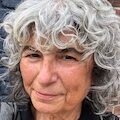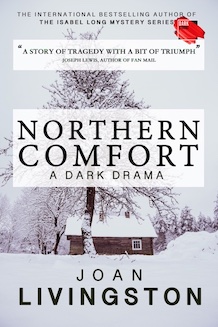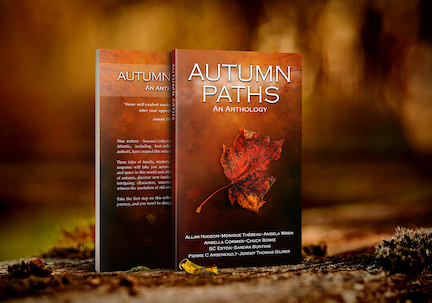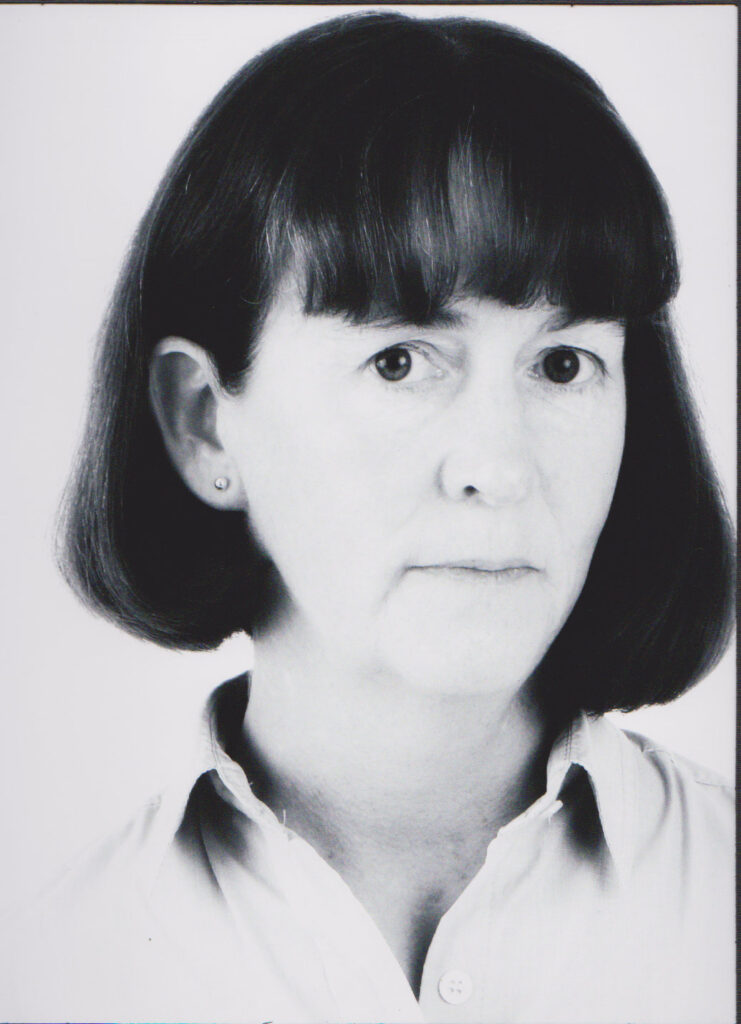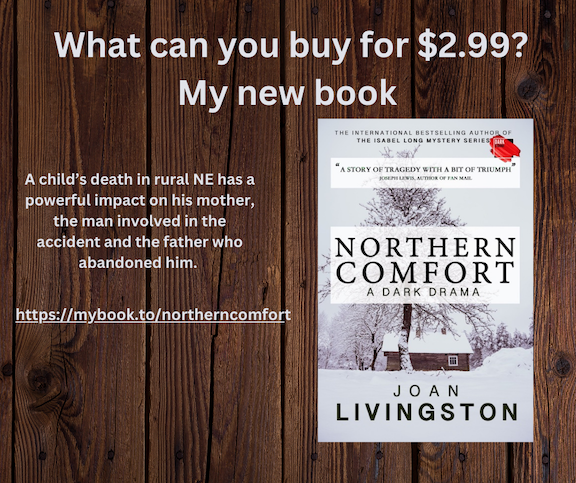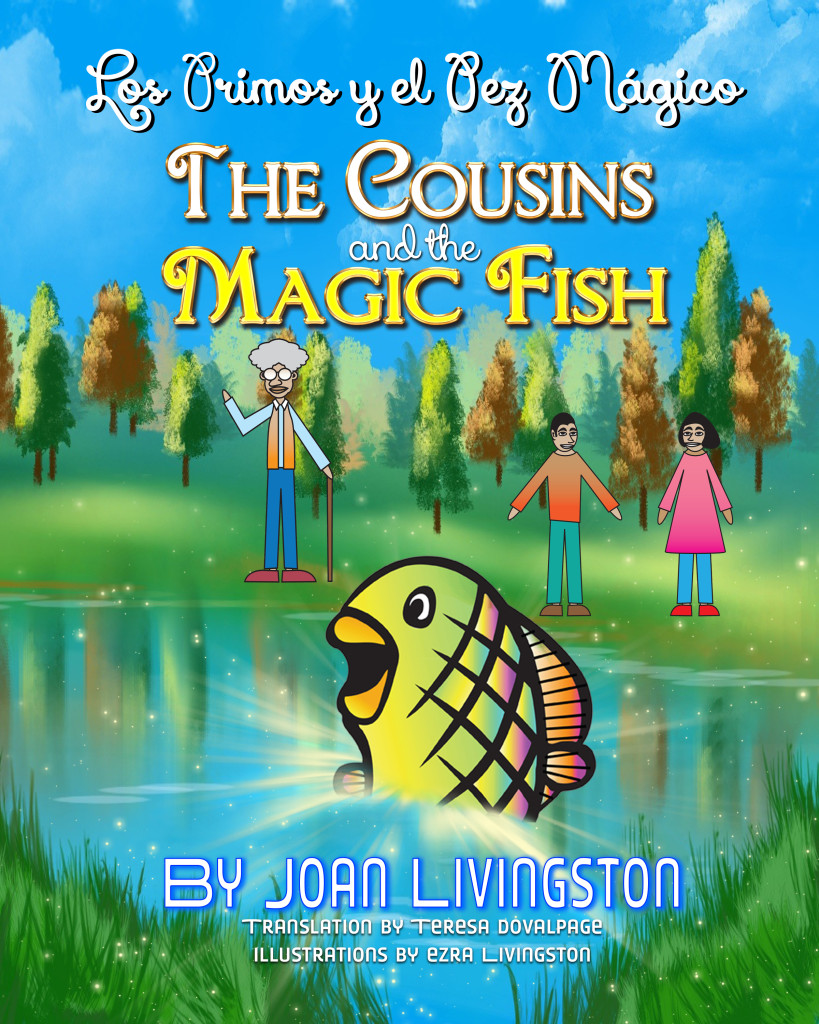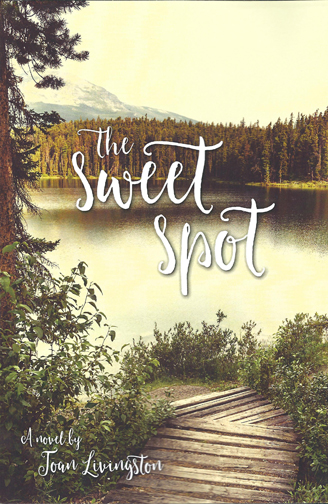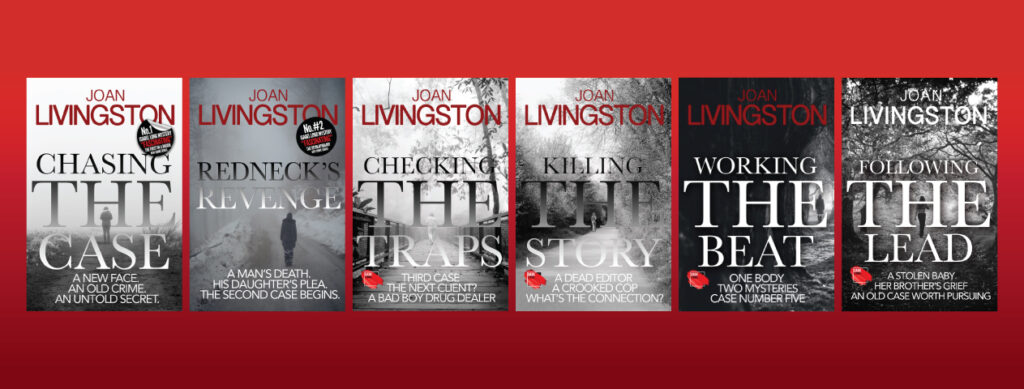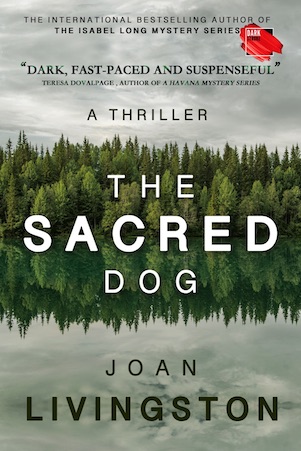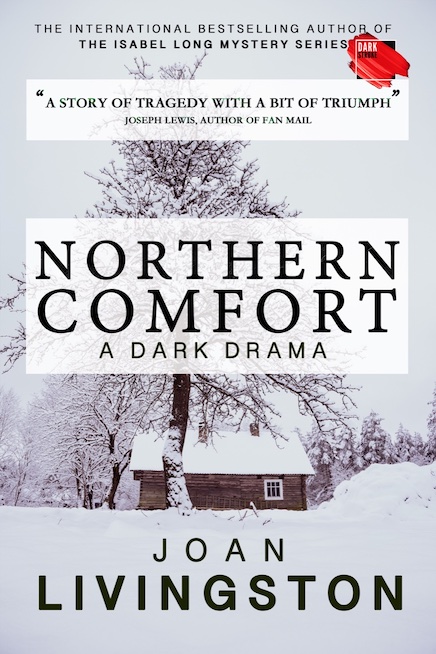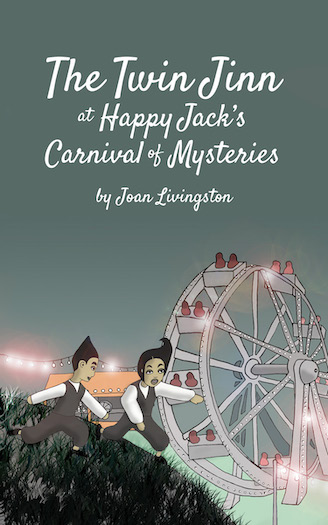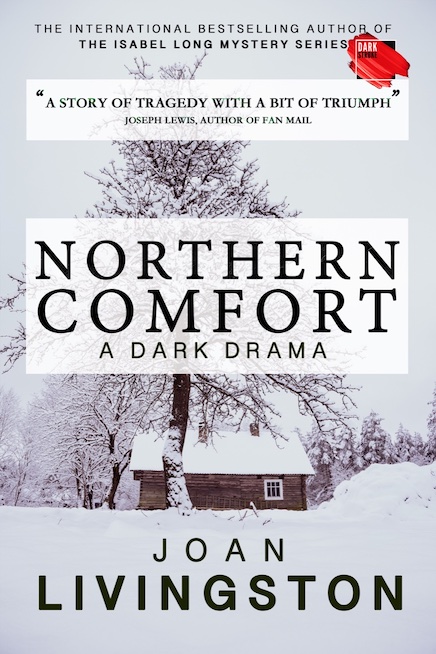I will admit Junior Miller is a hard character to like — at first. In my latest novel, Northern Comfort, he’s the ultimate deadbeat dad, abandoning his wife, Willi, and their disabled son to a life of poverty in the hilltowns without a second thought. But when Cody dies in a tragic accident, Junior is forced to face his shortcomings.
Junior can’t even remember how old his son was or the last time he saw him. He hadn’t paid a dime and was relieved Willi had stopped begging him for money. At the boy’s funeral, he ducks out early from the receiving line.
But as this story unfolds, Junior attempts to do the right thing although it’s a significant struggle finding one that matters.
Junior did love Willi when he married her. But his idea of married life fell apart when he realized his son, who was brain-damaged at birth, would not be the boy he wanted. All he wanted was a boy to play ball and do the things normal kids do. He wanted a wife who loved him first. He gripped the steering wheel and rattled it hard. That wasn’t asking too much, was it?
I created a little complication in that Willi is the daughter of the widowed woman Junior’s father married, so technically Junior is her stepbrother although they were adults when their parents got together. That scenario creates another dimension in this family scenario.
After he deserts his family, Junior spends most of his free time in a bar with the women he meets there. He lives in New Hampshire with a woman who’s the bartender at the local watering hole although that relationship is destined for a short life.
As Junior spends more time back home, his guilt inspires him to find a way to make it up to Willi. He comes up with a scheme to get money — suing the man who was driving the truck that Cody’s sled hit. Willi won’t have anything to do with it or him.
Of course, Junior has a lousy role model in his father, Joe, a despicable character with no redeeming qualities. That’s what makes Junior Miller’s transformation, although imperfect, gratifying.
Is he based on anyone? No, Junior Miller is a product of my imagination.
In this scene, Junior shows up at Willi’s house on his snowmobile. Willi, who is outside with her dog, Foxy, has been ignoring his phone calls.
Junior waited beside his snowmobile. Willi recalled the few times he came here to see Cody when Pa was still alive. Her grandfather sat in his recliner, giving Junior a close watch while Cody hid behind the chair. She and Junior quickly ran out of things to talk about. He rubbed his face and yawned before he left a half-hour later.
Willi stopped in front of her ex-husband. She crossed her arms. “What was it you wanted to tell me?”
Junior cleared his throat.
“When I saw that picture of our boy, I realized how much he looked like me.” He stopped. “I was a real lousy father to him. I know it now.” He lowered his head briefly. “Do you remember how happy I was when he was born? Believe me, I was. When we found out about him not being right, I just couldn’t handle it.” His voice trailed off. “I stopped thinking about him and you. I was wrong, all wrong.”
Willi wrapped her coat, so it closed around her. She was chilled now that she wasn’t moving. “You’re a little late, aren’t you?”
Junior shifted from one boot to another. “Shit, Willi, I just wanna make it up to you.”
“Is that so?”
She glared at Junior. She remembered how she and Cody used to eat spaghetti with margarine for supper while he was out chasing women. If it hadn’t been for Pa, she didn’t know what she would’ve done.
“I wanna show you somethin’,” she told Junior.
Willi marched around the side shed and toward the backyard. The snow reached her boot tops, but she kept going until she got to the clothesline. Junior was behind her.
“Stop right here,” she said.
Willi used her hand to guide Junior’s line of vision over the hill’s steep edge. It snowed since the accident, but she still could make out where her feet sank as she tried to catch her boy. Her prints formed a dotted seam, which made it seem as if the earth could split easily along that line.
“See that?”
Junior squinted at her pointed finger. “What am I lookin’ at?”
“That’s where it happened. That’s where Cody died. How do you think you’re gonna make that up to me?”
Willi sobbed loudly, and she didn’t care if Junior saw or heard her. His hands were stretched out, palms up, as if he were surrendering. Junior said her name as he came closer, but Willi took a swing, catching him on his face in one solid shot that made him grunt. She collapsed, sobbing and pounding the snow with her fists. Junior came close again, but this time she didn’t resist. She let him help her to her feet and use his arm to guide her into the house.
The dog charged the door, threatening to bite Junior. Willi told the animal to stay as she walked toward the couch.
“Here, let me get your coat,” Junior said, and she stood passively as he slipped the bulky black cloth off her and threw it on a chair. “You gonna be okay?”
She didn’t answer, but lay back on the couch. Her eyes fluttered.
“I think so.” Her voice was barely above a whisper. “I feel so tired. Just leave.”
“Right, I have to get somewhere.”
“Then, go.”
Junior got up to feed wood into Willi’s stove. He brought more from the shed, stacking the logs near the stove, now hot enough to turn down. He stood in the living room. His eyes traveled the room. She knew he was staring at Cody’s things.
“Willi, listen to me. I wanna pay the money I owe you. Just tell me how much.”
She watched him with sleepy eyes.
“It was never just the money. We needed you.”
Junior exhaled deeply and mumbled, “yeah,” as he went for the door.
LINK: Here’s the link for Kindle readers to buy Northern Comfort. Only $2.99. Paperback readers will have to be a little patient but that version is coming soon.
